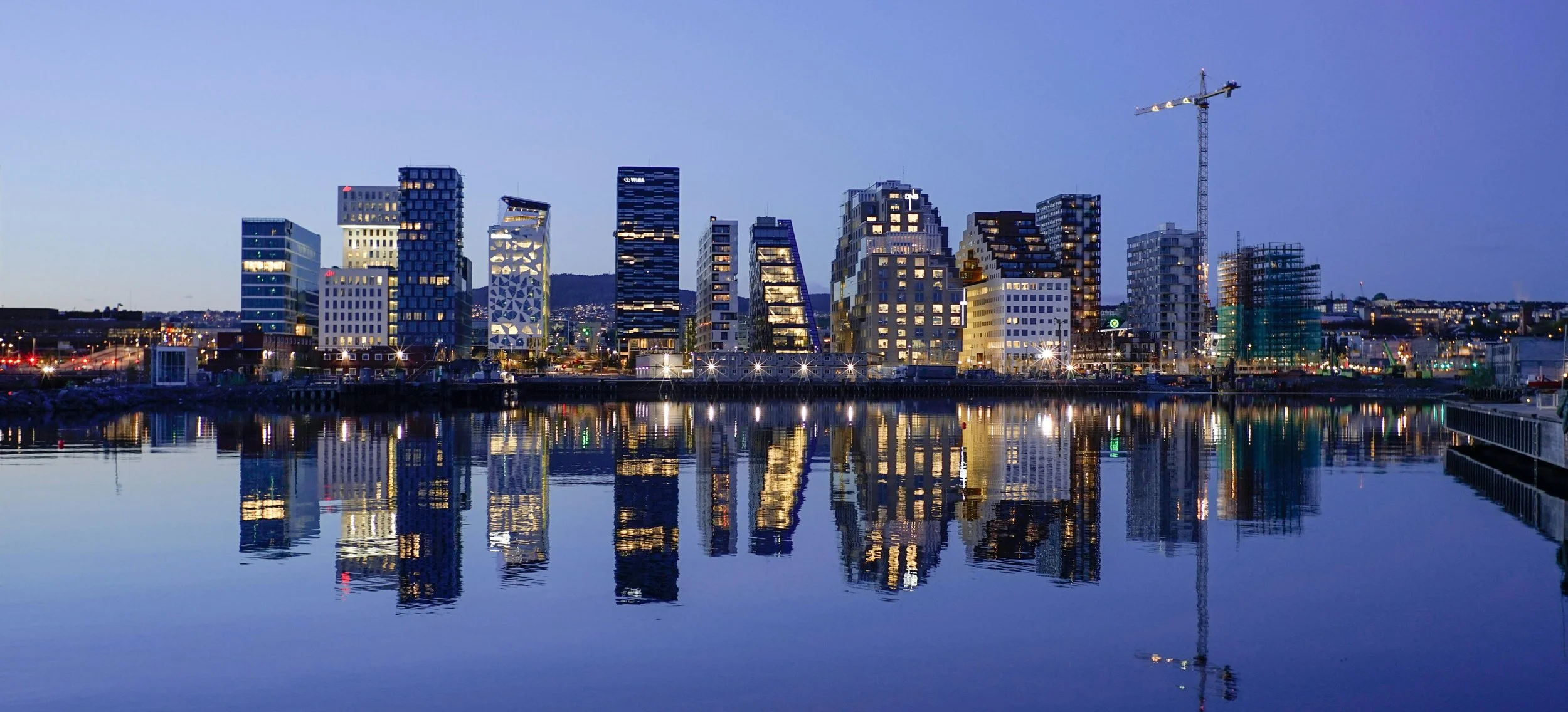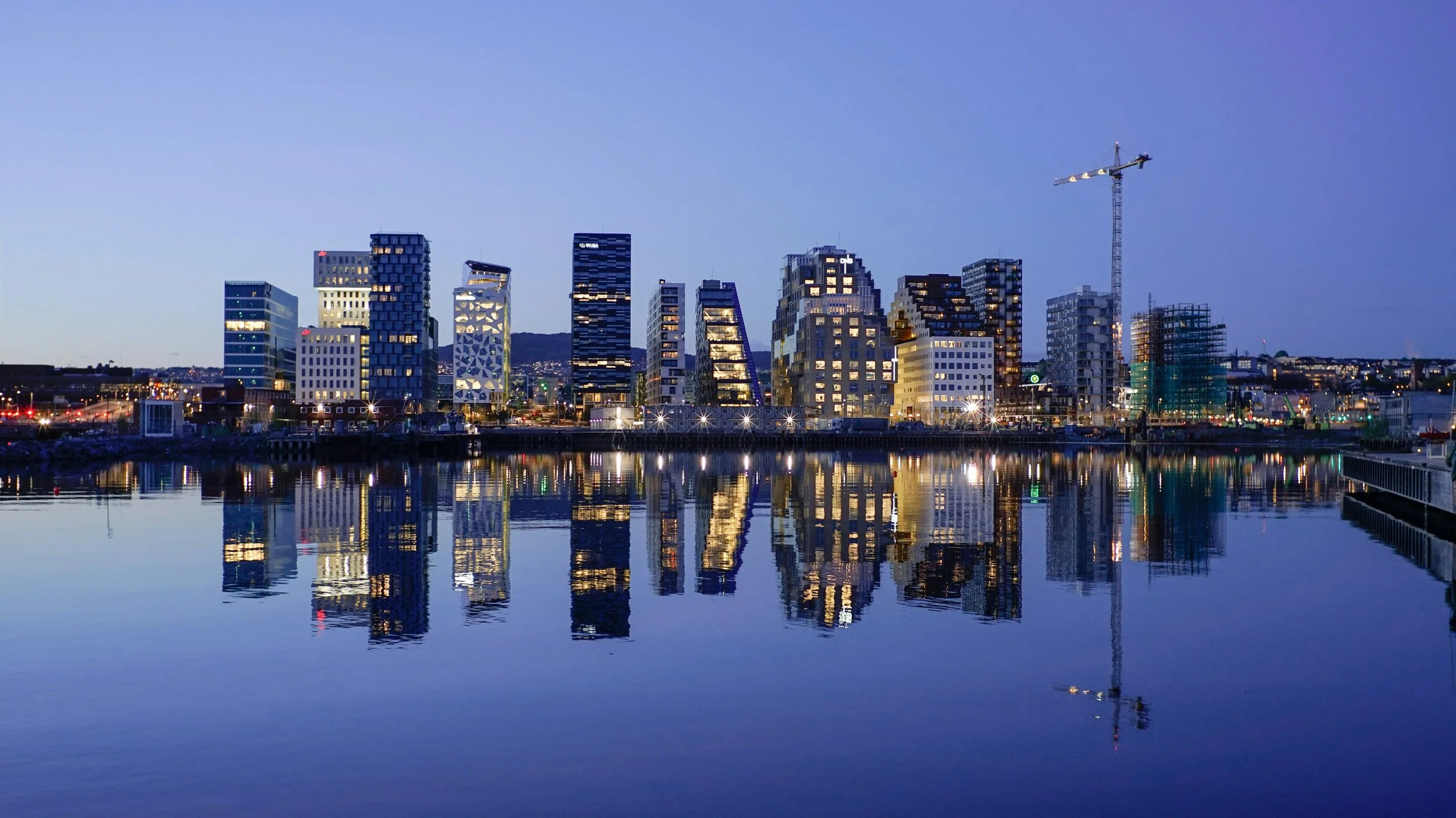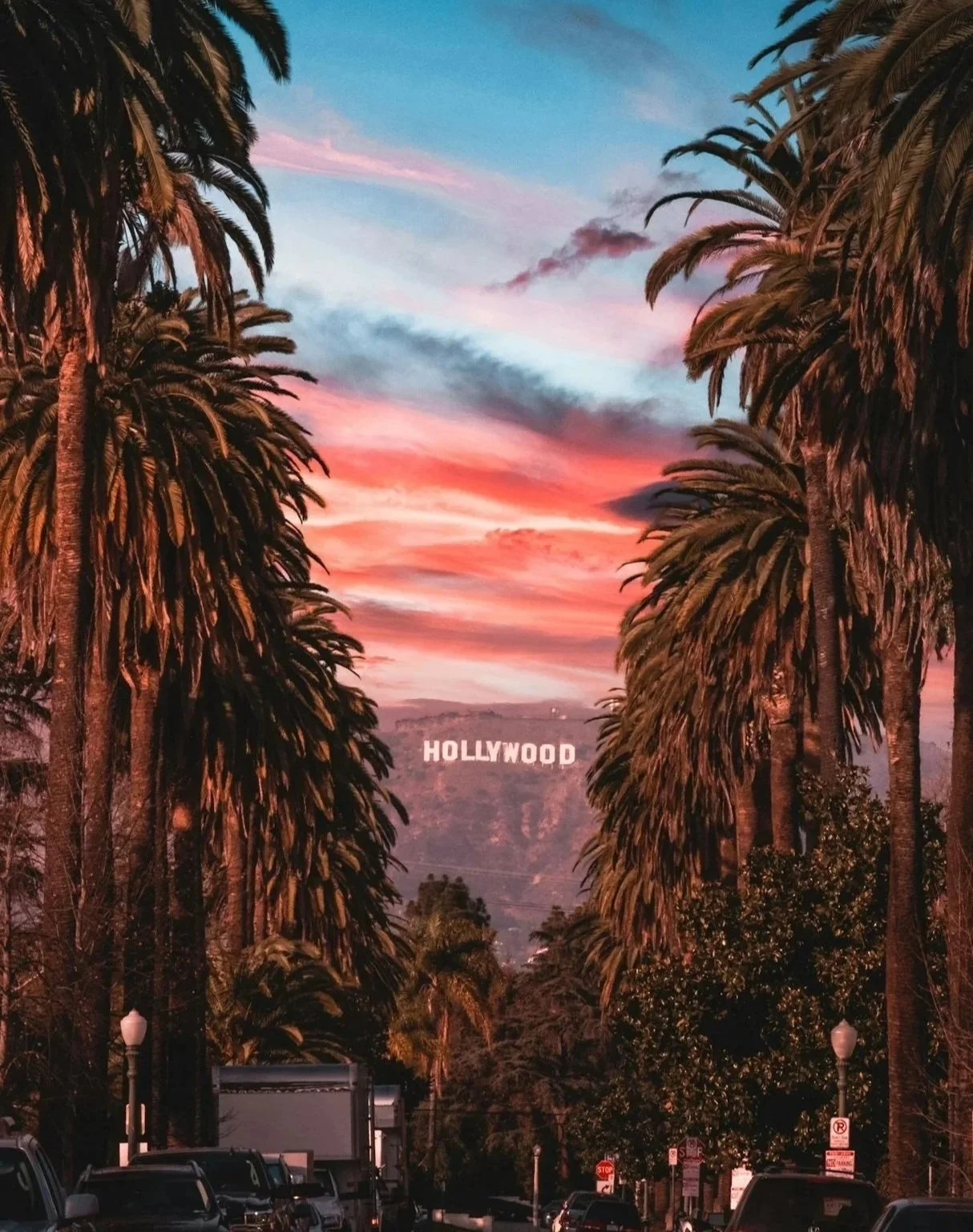HOW STEREO WIDTH CAN BE USED TO SELL SIZE IN SOUND DESIGN (PART 1)
Introduction
In sound design, “big” doesn’t always mean loud. Sometimes the difference between a sound that feels intimate versus cinematic comes down to stereo width. By shaping how a sound spreads between the left and right channels, you can make it feel close, massive, or anywhere in between.
This post will explore how stereo width works, why it matters, and how it can transform even simple recordings into immersive, story-driven soundscapes.
Big might not mean loud, but that doesn’t mean loud isn’t still fun
The Brain Trick: Left vs. Right
Our brains localize sound using small differences between what each ear hears—timing, volume, and frequency shifts. This is the science of psychoacoustics.
Mono sounds: Identical in both ears → feel centered, focused, often “smaller.”
Stereo sounds: Spread across the left/right field → feel wider, more immersive, “larger.”
Stereo width isn’t just a technical mixing choice—it’s a tool for storytelling, influencing how audiences perceive scale and proximity.
Example: Gunshots (Free Field)
Close-up recordings:
Recording closer to the source results in more direct sound being captured
In a free field (open space with no reflections), a close-mic gunshot captures almost entirely the direct sound: the muzzle blast and mechanical action. Because the recording doesn’t include natural reflections or air damping, it often sounds unimpressive or flat. That’s due to the gunshot’s extremely high dynamic range: the peak is sharp and intense, but the rest of the sound is thin and quickly decays. Both microphones capture nearly identical information, producing little stereo spread and a sound that collapses toward the center.
Distant recordings:
Move the microphone farther away, and the physics that made the close shot feel thin now create a different effect. The intensity drops as sound disperses spherically, and air absorption reduces high frequencies, softening the timbre. Each microphone now receives slightly different timing and amplitude cues, naturally creating a wider stereo image.
How this translates in stereo/psychoacoustics:
Close-up gunfire: Mono or narrow stereo represents the focused, immediate impact. The listener perceives it as centered and direct.
Far-field gunfire: Stereo widening and softened high frequencies give the impression of distance and scale. What felt thin up close now feels “larger than life.”
From Reality to Hyperrealism: Making Gunshots Feel Cinematic
While free-field recordings teach us about proximity and scale, raw close gunshots rarely sound cinematic. Sound designers use processing to create the hyperrealistic gunshots we recognize in Hollywood:
Limiting and Compression
Tames extreme peaks and boosts the quieter tail.
Makes the shot hit hard without disappearing immediately.
Saturation and Harmonic Exciters
Adds upper harmonics for warmth and perceived loudness.
Turns thin, clinical recordings into impactful cinematic sounds.
Layering Additional Elements
Combines close, mid-distance, and distant recordings.
Produces a sound that is both immediate and expansive.
Reverb and Stereo Enhancement
Introduces subtle spatial cues, even for free-field recordings.
Enhances width and sense of size, making the shot feel “larger than life.”
Putting it Together:
By combining these techniques with careful stereo placement, sound designers transform unimpressive raw recordings into dramatic, story-driven effects. The result is a gunshot that is believable, immersive, and emotionally satisfying.
Mono vs. Stereo: Using Psychoacoustics to Serve the Story
Stereo width isn’t just about filling the sound field—it’s a tool to guide the listener’s perception of size, space, and focus. Understanding how the brain interprets left/right differences allows sound designers to make intentional choices that support the story.
Realism vs. Hyperrealism
In reality, most sounds are directional: a footstep, a gunshot, or a door slam comes from a specific point in space. Narrow stereo or mono preserves this focus, keeping the scene grounded and believable.
Movies often take liberties for emotional impact. Hyperrealistic sounds—explosions, swooshes, or layered ambiences—may be spread across the stereo field to feel bigger than life. The goal isn’t realism; it’s narrative effect. Choosing mono or stereo depends on whether the audience should experience a sound as “real” or “larger than life.”
Implementing Stereo for Perceived Size
Sound designers use stereo width to convey scale:
Small or intimate sounds: Close footsteps, dialogue, or singular object hits benefit from mono or narrow stereo. They feel precise, focused, and personal.
Expansive or massive sounds: Distant gunfire, collapsing buildings, environmental ambiences feel larger when spread across stereo channels, signaling distance and size.
Contrast is key. Alternating between narrow, intimate sounds and wide, enveloping ones creates spatial drama, much like dynamics create musical tension. A sudden burst of wide stereo after a mono moment feels bigger and more impactful, even if the sound itself isn’t louder.
Example: Mono to Stereo Across Tenet
Christopher Nolan has taken plenty of heat for his sound design—critics point to muffled dialogue and unorthodox mix balances as evidence of “bad” mixing. But beneath the controversy lies an important truth: Nolan uses sound intentionally as a storytelling device.
One of his most effective techniques in Tenet is how the soundfield narrows and widens throughout the film, opting to work with the mono on-set recordings instead of treating them as a limitation.
Dialogue and quiet moments remain tight, centered, and mixed lower, reflecting the actual on-set captures. This draws the audience into confined, intimate spaces, building a sense of pressure and tension.
When action and environmental chaos arrive, the mix bursts into wide stereo, layering reflections and spatial cues that dramatically expand perceived scale. The prior use of mono makes the widening feel even more impactful.
The contrast between narrow and wide sound fields works like musical dynamics. Narrow passages build tension and intimacy, while wide bursts release it with overwhelming effect. Mono and stereo aren’t just technical defaults—they’re deliberate narrative tools, shaping how audiences experience space, scale, and emotion moment to moment.


Meta Considerations: Width as a Narrative Tool
Contrast for intensity: Alternating narrow and wide sounds heightens spatial drama.
Focus vs. environment: Mono keeps key sounds prominent, while stereo fills the world around them.
Psychoacoustic cues: Timing, amplitude, and frequency differences across channels can simulate distance, scale, or environmental complexity.
By applying these principles intentionally, sound designers manipulate perceived size, depth, and immersion, making every sound element serve the narrative rather than just occupying space.
Looking Ahead: From Width to Height
Stereo width is a powerful tool for shaping perceived size, focus, and tension. By controlling what sits in mono versus what spreads across the stereo field, sound designers can create intimacy, claustrophobia, and explosive scale—all while keeping the audience grounded in the story.
But width is just one dimension. With immersive formats like Dolby Atmos, we gain a vertical axis to play with: height channels. Just as stereo allows us to make sounds feel larger or closer horizontally, height can make the world feel towering, expansive, or enveloping from above.
In the next post, we’ll explore:
How the principles of stereo width translate to vertical placement in Atmos
Examples of effective height usage in film, including when it enhances versus when it distracts
Practical tips for using height channels to sell size and scale in your own sound design
By combining width and height thoughtfully, designers can take audiences from the focused, intimate feel of a mono moment to a fully immersive three-dimensional world—without ever breaking the story.
Ready to elevate your project with expert sound design? Let's bring your vision to life! Explore my services or contact me today to discuss your project requirements. Thank you for visiting sameliaaudio.com. Stay tuned for more insights and analysis on cinematic storytelling through sound.


